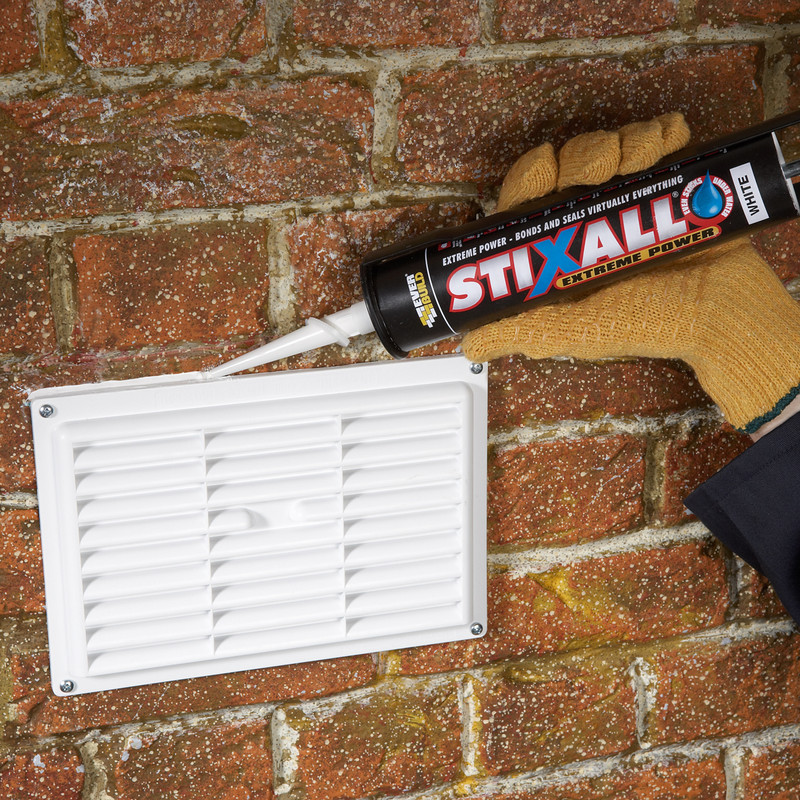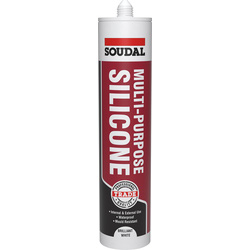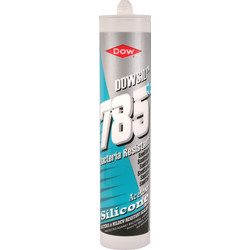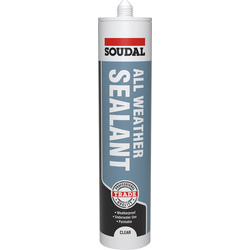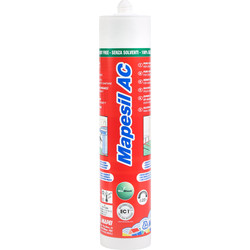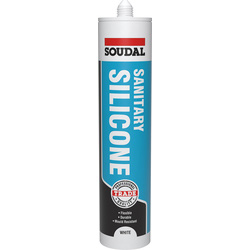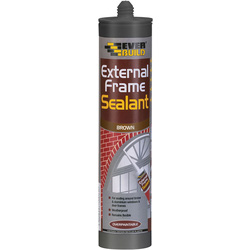Whether you’re sealing a shower tray, filling cracks in brick, or ensuring a neat seam around skirting boards, choosing the right sealant for your project is crucial for a long lasting result.
There are three types of sealants; polyurethane sealant, silicone sealant, and decorators caulk. Each sealant type offers unique properties suited to different applications around the home, in construction, and beyond.
You’ll need to consider where you’re sealing and any protective qualities that are needed, such as UV resistance or anti-mildew properties. You’ll also find sealants in a range of colours which can elevate the finish – whether you’re working with brick, tile or wood.
Types of Sealant
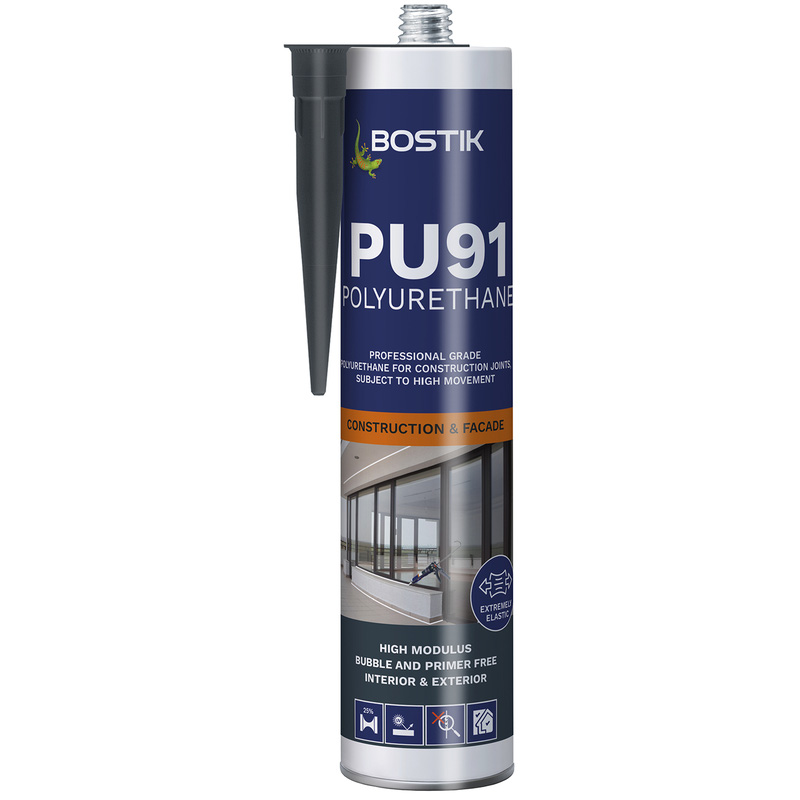
Polyurethane Sealant
Polyurethane sealant, a type of mastic sealant, is a great all-purpose option for sealing and bonding two different materials, including metal, glass, tile and wood. Mastic sealants do not need a primer and there are a range of options available for different jobs, including anti-mould, window and door, or multi-purpose. They're often used for tasks like sealing tiles, windows and doors, or filling cracks in walls or ceilings.
Polyurethane sealants are very flexible and suitable for a range of materials. This type of sealant can be adjusted for hardness and strength depending on the project they’re designed for – including being able to resist UV damage and corrosion over time to compete with silicone alternatives.
Because polyurethane mastic sealants are organic, they begin to return to their original polymer form over time unless hardened for specific applications such as use outside. As a result, some general purpose polyurethane sealants will not be suitable for outdoor use or in extreme conditions. However, as this sealant type is easily hardened, there are many options for different applications.
Uses
-
Multi-purpose sealing and bonding
-
Sealing tiles, windows and doors
-
Filling cracks in walls and ceilings
Advantages
-
Can be used with a range of materials
-
Can be easily hardened and strengthened for different uses
Things to Consider
-
May return to original polymer state unless strengthened for specific purposes

Silicone Sealant
Silicone sealant is a type of adhesive gel substance that is commonly used in bathrooms to create a watertight seal, but is also a common choice elsewhere in the home and in industrial settings. They cure over time by simply drying until a rubbery consistency is achieved. Silicone sealants come in a variety of colours, but are most commonly white, grey or clear.
You’ll find many silicone sealants with anti-mould and mildew qualities making them ideal for wet environments. A range of options are available depending on your project, whether you’re working indoors or outdoors. Unlike polyurethane, silicone sealants are not organic, so they won’t degrade back to their original form over time once cured.
Make sure to consider the qualities of specific silicone sealants compared to the job you’re taking on – such as UV resistance, quick-drying, non-flammable, or non-corrosive features. Silicone is fairly hard wearing in both warm and cold climates once cured, but extreme conditions – especially when being applied – can still affect the performance of silicone sealant. Also, silicone sealant cannot be painted over compared to acrylic alternatives.
Uses
-
Filling cracks
-
Creating watertight seals in bathrooms
-
General purpose bonding and repairs
Advantages
-
A range of options available with different qualities
-
Doesn’t degrade easily once cured
Things to Consider
-
Make sure the sealant qualities fit the application
-
Extreme conditions can affect performance
-
Cannot be painted over
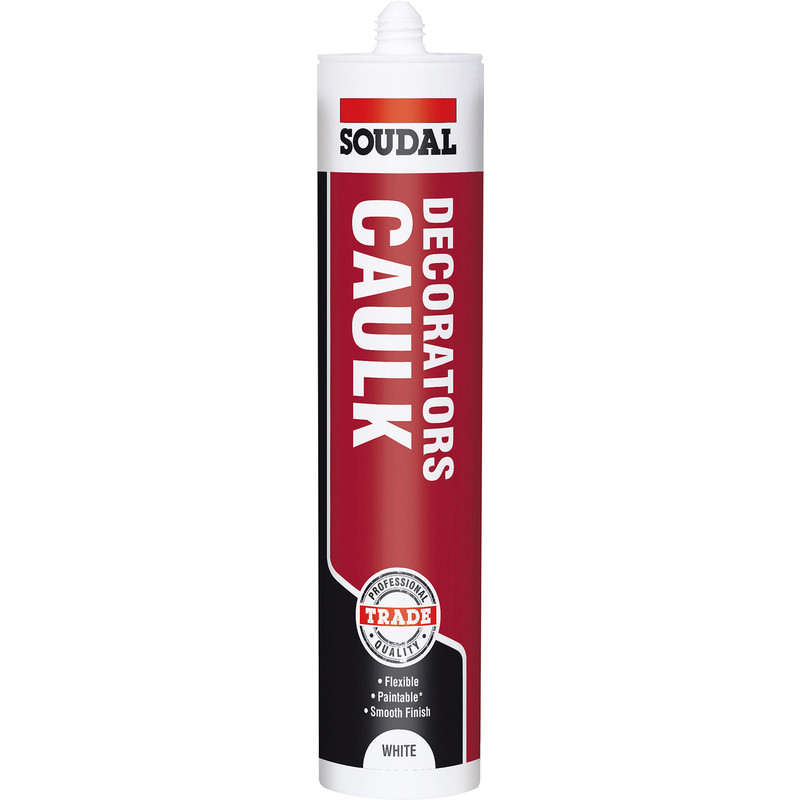
Decorators Caulk
Decorators caulk, also known as acrylic sealant, is made from water-based acrylic resin. It is used around the home to fill cracks and gaps, such as around skirting boards, and provides a moisture-resistant seal. Decorators caulk is also used in joinery and construction settings as it can be applied to a range of materials including metal, PVC and wood.
One of the main advantages of decorators caulk is that it can be painted over, making it perfect for filling cracks in walls prior to painting. Acrylic sealant is also resistant to moisture as well as low and high temperatures, so it is fairly versatile for a number of applications.
While moisture resistant, decorators caulk is not suitable for situations where it will be subject to direct water exposure, including around a bath or shower. For this reason, most jobs that need a moisture resistant seal are better suited to silicone sealant – unless it needs to be painted over. You’ll also find that decorators caulk is not as easy to work with than silicone sealant and may need more skill to achieve a professional finish.
Uses
-
General household repairs and projects
-
Joinery and construction settings
Advantages
-
Can be painted over
-
Resistant to moisture
-
Resistant to high and low temperatures
Things to Consider
-
Not suitable for direct water exposure
-
Less easy to work with than silicone sealant
Key Sealant Considerations
Interior or Exterior
Ensure the sealant you’re using is suitable for exterior use, as some sealants may degrade if exposed to UV or extreme weather conditions – including polyurethane. Also, decorators caulk – sometimes called acrylic sealant – is moisture resistant but not waterproof, and will not be able to withstand direct water exposure.
Colour
Most sealants are white, but you’ll find a range of colours to choose from to suit your needs at Toolstation. Grey, anthracite and black are perfect in modern bathrooms, while brown sealant may be better suited to fill cracks in brick or seal gaps around wood. Alternatively, clear sealant is a great option for a nearly invisible finish.
Sealant Remover
Sealants and adhesives can be difficult to remove as they’re designed to be long-lasting and protect against corrosion and water damage. However, if you’re looking to replace your sealant or clean up messy silicone then a sealant remover solvent is the best option. These solvents are designed to destroy the sealant whilst protecting the surrounding surface.

